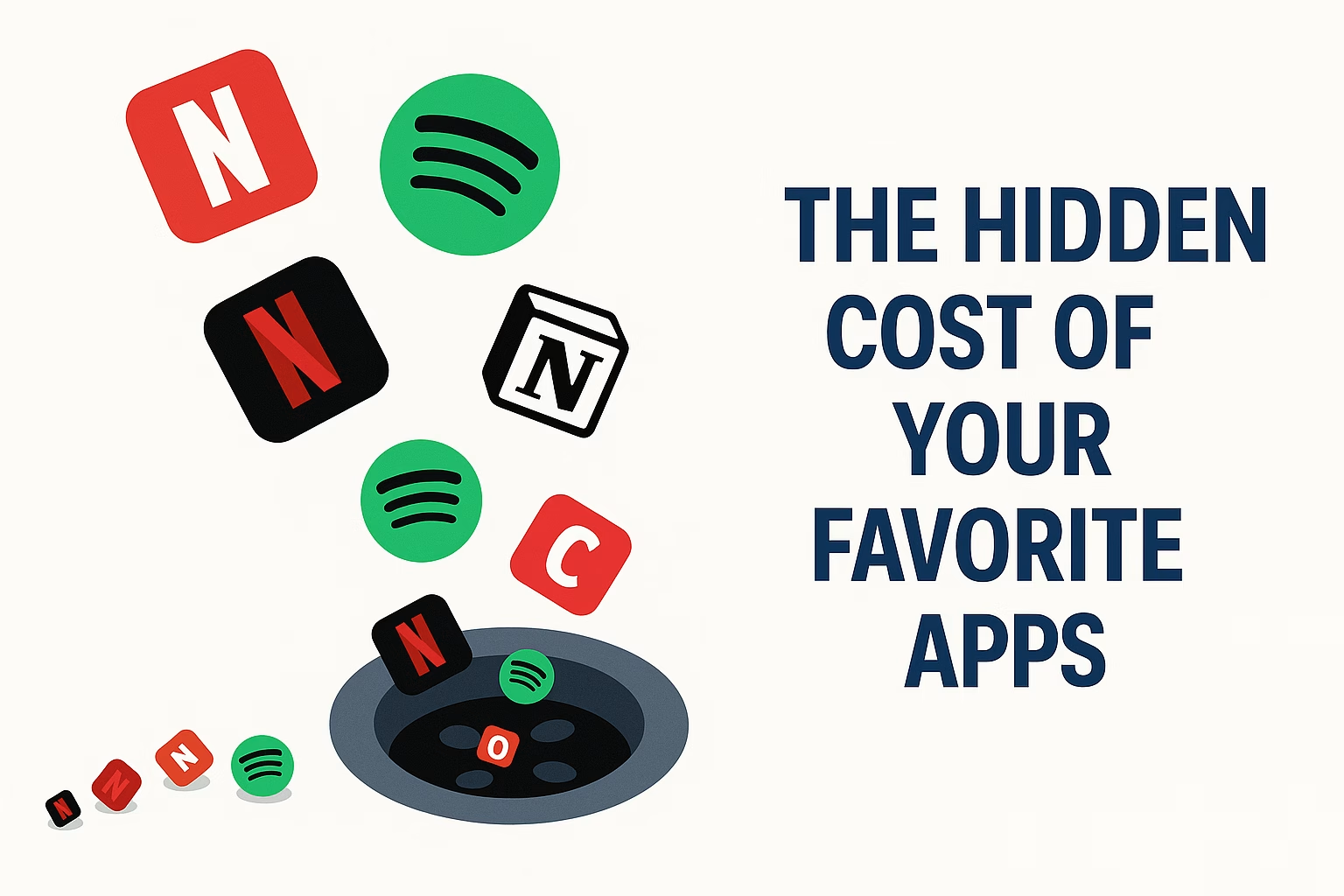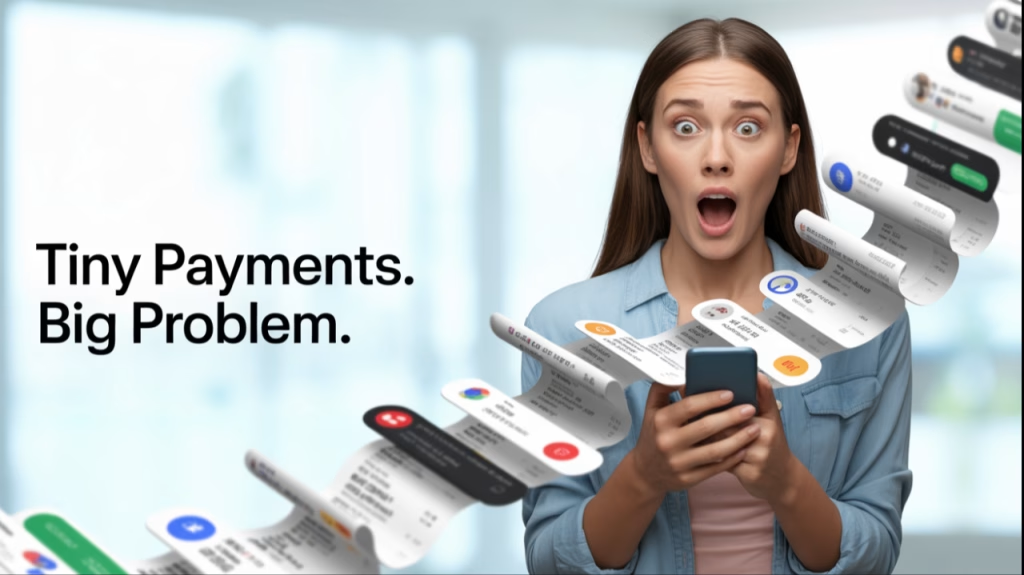Physical Address
304 North Cardinal St.
Dorchester Center, MA 02124
Physical Address
304 North Cardinal St.
Dorchester Center, MA 02124

It starts small.
$4.99 here, $7.99 there.
A productivity app you swear you’ll use. Another cloud backup “just in case.”
Next thing you know, your bank balance looks like it’s been quietly bleeding all month, and you can’t quite figure out where the money went. This is how many fall into the subscription trap.
That’s the subscription trap. Almost everyone you know is caught in the cycle of the subscription trap.

Many people are unaware of the pitfalls created by the subscription trap.
Subscriptions don’t hurt all at once; they bleed you slowly. $5 here, $10 there, until your money slips away silently.
The fix isn’t to cancel everything. It’s to stay aware. Check your recurring payments list once a month and ask yourself, “Does this still add value to my life?”
Being proactive can help you avoid falling into the subscription trap.
One of the significant issues resulting from the subscription trap is subscription fatigue, where the overwhelming number of subscriptions leads to apathy and financial drain.
Understanding the subscription trap can help you make smarter financial choices.
Recognizing the subscription trap is essential for regaining control over your finances.
Here’s the thing: five dollars doesn’t feel like money anymore.
For example, five dollars is equivalent to the price of a coffee, half a sandwich, or an in-app “pro” feature that you may forget you unlocked.
Tech companies know this. That’s why tech companies no longer sell you a product; instead, they offer a drip-feed relationship. It’s subtle, frictionless, and engineered to bypass guilt.
You don’t decide to spend money; it just quietly leaves.
That psychological trick, the subscription illusion, is what turned a few startups into trillion-dollar empires.
Once upon a time, you bought things. You owned them. Done.
Now? You rent everything from music to fonts to your digital notes.
And the system is designed to make sure you never stop paying.
According to recent U.S. data, the average person now spends over $270/month on subscriptions. That’s more than $3,000 a year, enough to buy a new laptop, take a vacation, or start investing.
Globally, the pattern’s the same. The subscription economy is growing five times faster than GDP. And consumers? We’re barely noticing the drain.
Let’s break down the psychology for a second.
When you see $4.99/month, your brain compares it to your total income and shrugs. It feels irrelevant.
That’s called denominator neglect, a fancy term for ignoring small costs because they seem insignificant next to bigger numbers.
But those tiny charges hit differently over time.
They:
This is why people who “don’t spend much” still end up wondering why nothing’s left by mid-month.
Let’s put numbers to it.
Say you’ve got 10 small subscriptions:
That’s around $50/month.
Sounds harmless, until you do the math:
$50 × 12 months = $600/year.
Invest that same $600 every year for 10 years at a modest 8% return, and you’d have $8,685.
That’s the cost of “just $5.”
Money isn’t the only thing leaking.
Each subscription takes a little piece of mental space, one more app to manage, one more renewal to remember, and one more “I’ll use it later” guilt cycle.
You start collecting subscriptions the way people hoard gym memberships: as symbols of who they want to become.
A journaling app you opened twice.
A design tool for the business you “plan to start.”
It’s not just money; it’s emotional clutter disguised as productivity.
Canceling everything isn’t realistic. The goal isn’t to escape tech; it’s to use it consciously.
Here’s a 10-minute audit that can literally save you hundreds:
If you want help, tools like Rocket Money, Bobby, or Truebill do it for you automatically.
Some apps still sell one-time licenses or lifetime deals; you just have to look.
And for some things? Free, open-source software still works perfectly fine.
The point isn’t to live cheap; it’s to live aware.
The subscription trap isn’t about losing money. It’s about losing attention, a slow drip of unexamined convenience.
When you take back control, you’re not just saving $5.
You’re proving to yourself that you decide where your money goes.
So try this:
Cancel one unused app this week. Watch how that feels.
Then use that $5 to invest, save, or fund something that compounds, not something that just renews.
a smarter budgeting system using AI
Because your future deserves more than automatic payments.